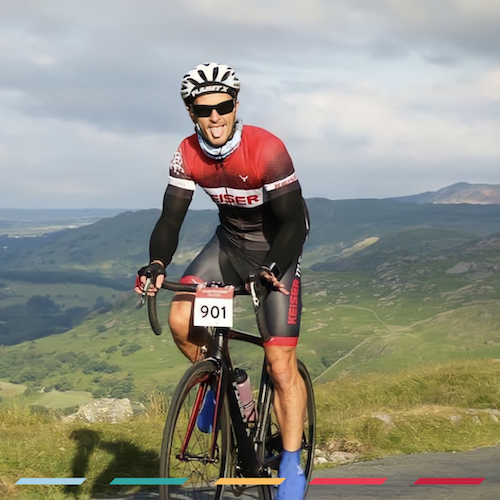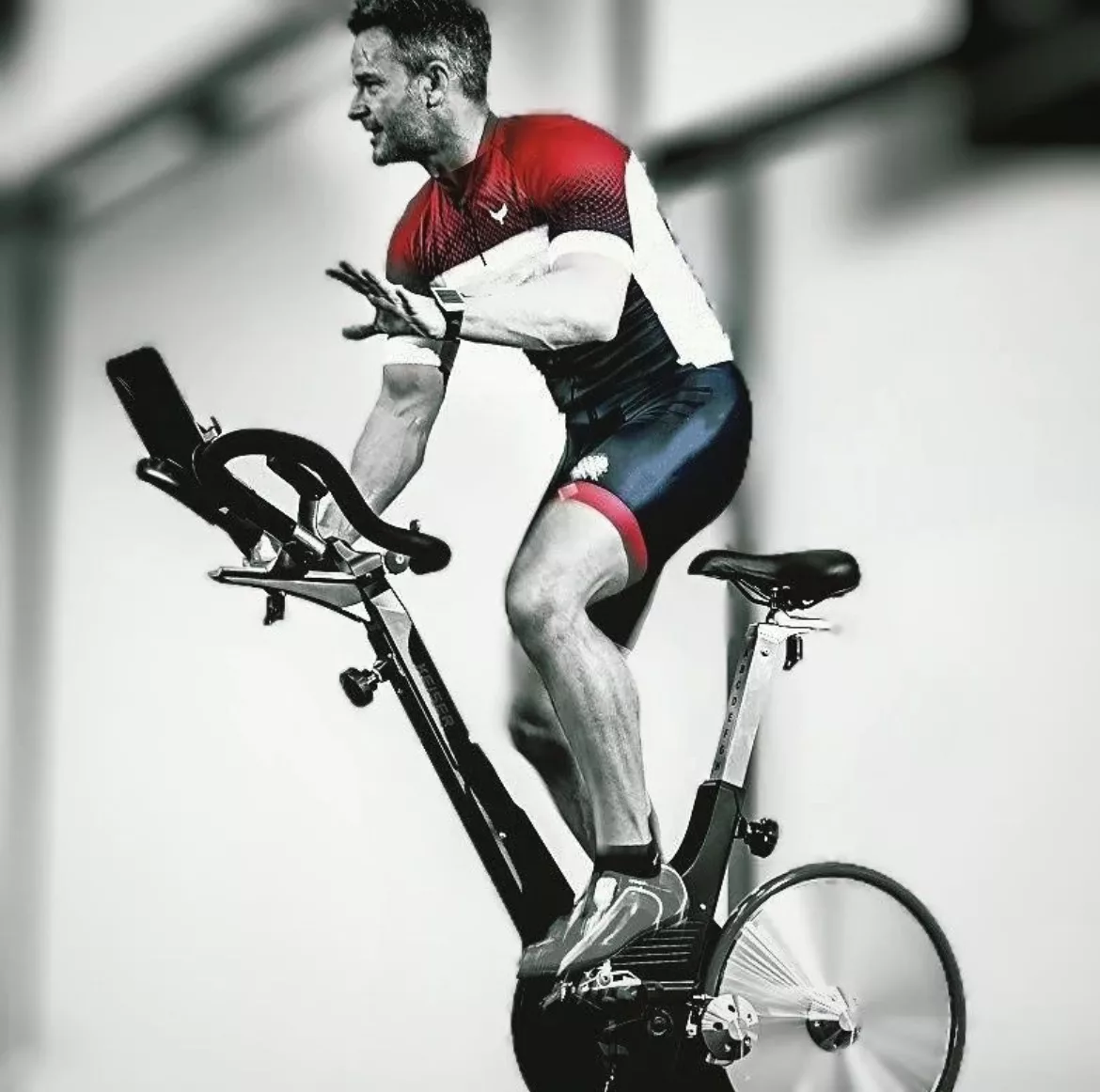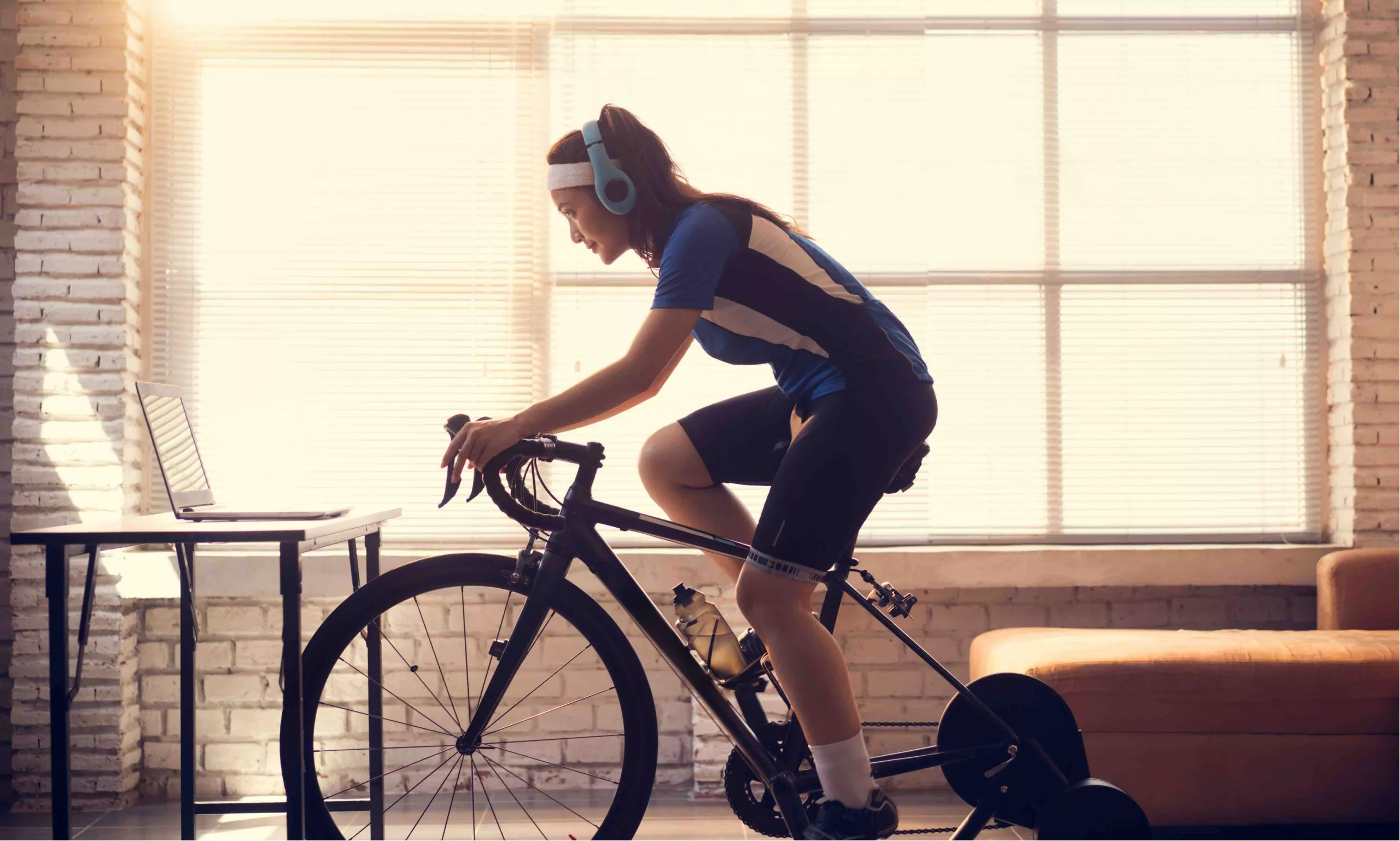During my racing days I moved lock stock and barrel to Southern Spain and the mediterranean coast, which of course meant my lifestyle changed overnight. Sunshine, dry roads and stunning mountains meant my love of cycling just hit an all time high, but something else far more important happened to me aside from a good sun tan… my diet changed, completely. From a northern European, white, carb loaded diet, I was now exposed to the Mediterranean diet of fresh vegetables and fruit, with amazing salads, loaded with olive oil and fish straight from the boat. A far cry from my fish and chip supper in the midlands of the UK. Salted almonds now replaced my walkers crisps as snacks and all of a sudden the English tea with two sugars became and double espresso and my pint of Guinness was now a nice Rioja red wine. I was so naive in respect to the importance of nutrition that it took this total dietary change to make me acutely aware how the food we eat actually dictates our training and performance results. My move to Spain changed my attitude to foods and the understanding of nutrition forever.
The results of my change in diet were immediately stark. I arrived in Spain a bulky 83kg Criterium cycling animal and within few weeks my body had shed 10kg and from blasting the flats with loads of instant explosive power, I was now storming the climbs as my weight had gone but my power profile shifted to an endurance threshold far above anything I had ever dreamed of. On reflection, I now know that my physical and performance adaptation was certainly due to the change in diet and when analysing what I was eating, I now see I had unknowingly adopted a style of eating that is quite controversial in modern times… I had become ‘Keto’.
Cyclists are normally used to carb-loading and fuelling on sugary snacks and drinks to maximise performance. Keto is almost the complete opposite. Most people on keto stay below 50 g of carbs per day, which is very different from the usual 300-500 g of carbs that a typical cycling enthusiast on a high-carb diet would eat.
When you reduce carbs below 50 g per day, your body switches from burning carbs to burning mainly fats for energy. That can be fat from food or your body fat stores. Burning fat for energy produces ketones and that’s the fuel that goes into your muscles and brain and keeps you going. The diet is called “Keto” because of them. So, you will essentially replace the carbs you cut with fats. Your macronutrient profile on the Keto diet might look something like this.
• 5-10% of the calories from carbs
• 60-75% of calories from fat
• 15-30% of calories from protein
When I look at my breakfast, snacks, lunch, recovery meal and evening alimentation it simply was showing this balance of nutrients, as well as gaining most of my carbs from green carbs and not white and eating 5 to 6 small meals daily instead three large ones as before.
The switch from carbs to fats has several key advantages. Here are the main four that you should know about.
Even a very lean cyclist with 10% body fat that weighs 70 kg carries 7 kg of body fat. That is equal to something like 55,000 kcal. You can ride well over 2,000 km on that!
On the other hand, your body stores carbs in the form of glycogen. Even well-trained athletes can only store around 500 g of glycogen, which is roughly 2,000 kcal and would be enough to ride something like 80 km at best.
Going Keto makes your body much more efficient at burning fat. Studies show that fat-adapted athletes can burn almost 3x as much fat per minute as high-carb athletes. They can run almost entirely on fat up to 70% of their max intensity.
That means you have much better access to that big fuel tank with 55,000 kcal you’re carrying around on every ride, especially if you’re riding very long at a low to moderate intensity, your body will be able to burn almost exclusively fat and preserve more of the glycogen. This could help you avoid the dreaded cyclists nightmare of simply running completely dry of glycogen and suffering the hated bonk… the worst feeling any cyclist can experience on a bike. It was this addition to my power profile that enabled me to compete in those stage races of up to 180km and not experience the dreaded bonking out.
There is another big advantage of not relying so much on the food you actually put into your mouth to fuel you ride. You know how it goes when you’ve been riding for hours, you’re tired, and you try to force food down. Your stomach doesn’t cooperate, your digestion is slow, and all of that sugar starts fermenting. You get gas, cramps, and other unpleasant, potentially ride-ending side-effects.
The fact that you can use your own body fat as fuel on Keto means that on those long endurance rides you don’t have to consume that much external fuel in a form of energy bars, gels, and so on. This could save you many digestive issues.
We also know that not only for road cyclists but for the majority of us a good power to weight ratio will help us enjoy a more active and fulfilled life and research shows that the Keto diet is an effective tool for losing weight. Cutting out carbs and sugar makes it easier to reduce calorie intake and get into a calorie deficit, which is necessary for weight loss. Being in ketosis also makes you feel more satisfied after food and between meals so people naturally tend to eat less… but Keto isn’t magic. All of these benefits come at a price and we need to be sure that this kind of diet suits you and your lifestyle and will deliver both the physical and performance changes you want. To stay ‘Keto’ also means a certain level of abstinence and control, which, I know, is a hell of a lot easier to maintain in a mediterranean environment than it is back under the grey skies of the UK.
Next time ,we talk in more detail about whether or not Keto is right for you and also about the actual art of implementing such a nutritional change.




